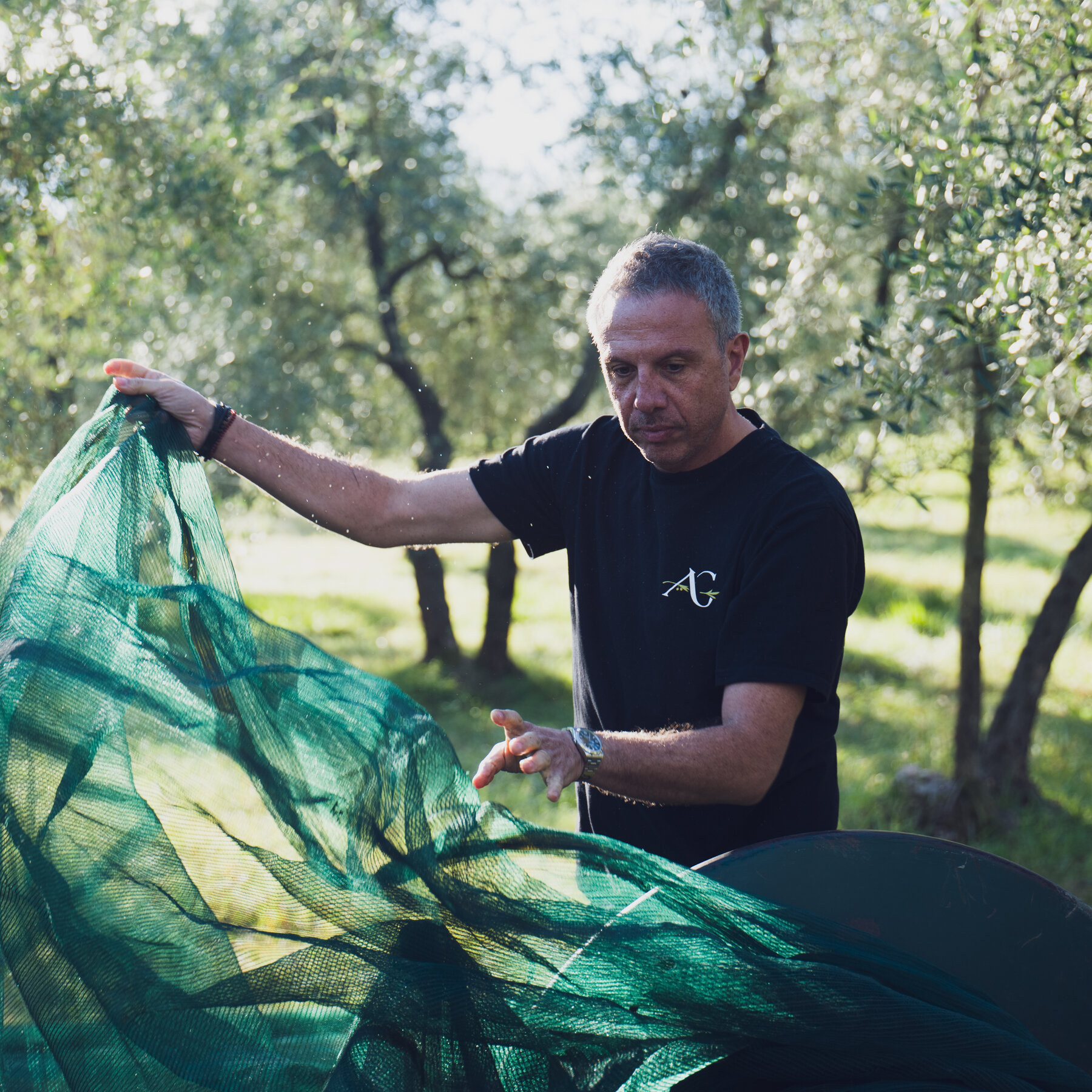Olive Tree Rescuers: Reviving Abandoned Groves is a Battle for Our Future, Just Like the Fight for Our Souls
In recent years, the plight of abandoned olive groves has emerged as a poignant symbol of environmental degradation and cultural neglect. From the sun-kissed hills of California to the historic landscapes of the Mediterranean, these groves tell a story of resilience and renewal. However, this revitalization effort is not merely about restoring trees; it is a larger battle that intertwines economic revival, community survival, and environmental conservation.
Olive trees are more than just a source of oil; they are central to the cultural and historical identity of regions such as Southern California and countries like Italy, Greece, and Spain. These trees, some of which have been cultivated for thousands of years, are deeply interwoven into the social fabric of these areas. As urbanization and climate change threaten these natural landscapes, the abandonment of olive groves has emerged as a double-edged sword: the loss of cultural heritage and the rise of environmental issues.
The reasons behind the abandonment of these groves are manifold. Economic downturns, decreasing interest in traditional farming methods, and the increasing influence of monoculture practices have all contributed to the decline of olive cultivation. In California, for example, many small farms are struggling to compete with industrial agriculture, leading to a growing number of neglected orchards. Likewise, in Mediterranean regions, aging populations and the migration of younger generations to urban areas for better opportunities have left many groves unattended.
Restorative initiatives have begun to sprout, aiming to breathe new life into these neglected olive groves. Organizations and activists are working tirelessly to reclaim these lands, not merely to plant new trees but to revive entire communities. The benefits of re-establishing these groves extend beyond the yield of olives; they provide economic opportunities, foster local pride, and contribute to environmental sustainability. By restoring abandoned groves, these efforts help combat soil erosion, promote biodiversity, and create green spaces that contribute to carbon sequestration.
The restoration process itself is complex and meticulous. It often begins with the careful assessment of the land, including soil health, biodiversity, and the specific needs of the trees. Volunteers and experts collaborate to bring back the native flora and fauna, creating a harmonious ecosystem that benefits all forms of life. This collaborative effort mirrors the communal spirit seen in ancient olive-growing traditions, where the local population worked together to nurture their environment.
Moreover, these projects tend to face significant challenges. Funding remains a critical issue, as many initiatives rely on donations, grants, and volunteer labor. The economic benefits of olive oil production may not be enough to incentivize investment in restoration efforts, especially when there are more lucrative agricultural options available. Furthermore, climate change poses an ever-looming threat, as droughts, pests, and diseases affect the viability of both new and old groves.
As these organizations advocate for sustainable practices and educate the public about the importance of olive groves, they also seek to create a movement towards responsible farming. This includes embracing organic methods, promoting polyculture, and reducing reliance on chemical fertilizers and pesticides. By shifting the narrative around olive cultivation, they aim to inspire a new generation of farmers and consumers who are more conscious of their environmental footprint.
In California, initiatives have emerged to connect local consumers with sustainably sourced olive oil, thereby fostering a sense of community involvement and investment in local agriculture. Farmers’ markets, educational workshops, and farm-to-table dining experiences have become crucial avenues for promoting the benefits of locally grown products, including olives. This movement reflects a growing consumer desire to know the origins of their food and support practices that prioritize environmental and social responsibility.
On the Mediterranean front, various restoration projects flourish, garnering attention from both local communities and international organizations. These initiatives celebrate the cultural heritage associated with olive cultivation, reviving traditional practices and encouraging the return of younger generations to farming. The historical significance of these groves, once standing silent and forsaken, is being rekindled as they become beacons of resilience and cultural pride.
The debate surrounding the restoration of abandoned olive groves touches on much more than just agriculture; it raises critical questions about community resilience, environmental ethics, and the preservation of cultural heritage. As these initiatives gather momentum, they face scrutiny from various stakeholders. Some argue for the importance of modern agricultural innovation and the efficiency of large-scale operations, while others champion the need for localized, sustainable practices that honor the land and its history.
In this charged climate, the olive tree stands as a metaphor for resilience. It embodies the struggle against neglect and decay while symbolizing hope for regeneration and vitality. The collective effort to restore abandoned groves serves as a reminder of what is at stake, not only for the local economy but for the planet’s ecological health. This renaissance of the olive grove is more than just a movement to reclaim land; it is an assertion of identity, a call to preserve history, and a commitment to sustainability in the face of overwhelming challenges.
As the world watches, these restoration efforts will inevitably provoke discussions about agricultural practices, environmental policies, and the role of community in sustainable development. The olive tree, with its deep roots and gnarled branches, serves as a powerful reminder that from neglect can come rejuvenation, and from the ashes of abandonment, communities can rise once more to reclaim their heritage.




